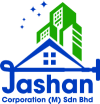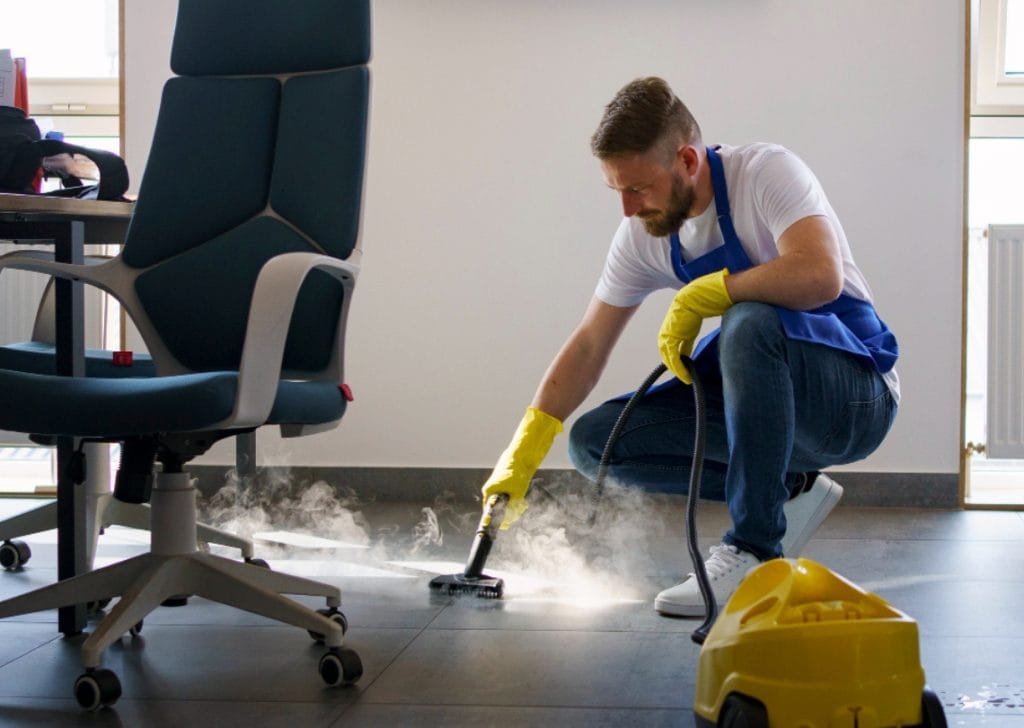The term cuci-cuci can commonly be heard at many Malaysian offices or commercial buildings to indicate speed surface cleaning activities such as dusting off tables, water mopping the floor, and spraying over air freshener. On the surface, it seems to be okay, however, upon closer examination, such elementary solution creates fatal hygienic loopholes. In the modernity, commercial cleaning is not only chaotic cleaning. It is the nature of a clearly outlined system – a Standard Operating Procedure (SOP) – which contributes towards health, safety and customer perception.
And by the way, if your SOP is not being updated over the last few years, chances are high that it is not up to date.
Why The Old SOPs Can No Longer Do The Job
Nationwide, in Klang Valley and Penang, among other commercial buildings, their cleaning habits remain decades old. It is usually not systematized on getting high-traffic or high-contact locations. The same tools can be utilized by the cleaning staff in several zones. Toilets may only be cleaned once in a day no matter the number of people visiting.
The result? Hot spots of germs, dust in air ducts, and amplifying complaints of inhabitants and guests. It is not merely just a hygiene matter. It is a bad image of professionalism and management of your building.
Many businesses had to temporarily incorporate better hygiene practices during the pandemic, but most of them regarded that as a temporary solution, rather than part of business strategy. With that being said, with the anticipation remaining high, a risk of resorting to older practices is risking your reputation and the retention of your tenants.
Revision of SOPs in a New Age
Malaysians are being hygiene-conscious. In a recent YouGov survey, it was observed that more than 75 per cent of urban Malaysians today gauge the quality of a space based on how it feels (not necessarily how it looks). This is what makes the quality of your cleaning SOP an important business asset.
So how does a modern SOP look like?
To begin with, it visibly demarcates various areas in your premises. People should clean more often at places that are common such as lobbies, Lifts and pantries as compared to those rooms that are not interpreted in great number. Just to give a general time will not be sufficient, each of the zones should have an appropriate frequency of cleaning based on real characterization of foot traffic and use.
Then there is the point of finding high-contact points. These are lift buttons, door handles, common equipment and even light switches. These surfaces are amongst the dirtiest points of contact in an average office, and could be potentially touched dozens of times per hour. By having a good SOP, not only they are disinfected at the end of the shift, but a number of times during the day.
Documentation and visibility is also involved. A well-spaced cleaning schedule that is displayed or monitored electronically does not only keep the staff in check but assures tenants and visitors that the facility takes sanitation seriously.
The other aspect that is being ignored is the smell and air conditioning. Most of the offices in Malaysian especially the high-rise buildings work in a closed boxed environment whereby stale air and the smell of the previous occupants suddenly become stale. Contemporary SOPs involve frequent inspection of ventilations and scents control, where appropriate products have not been toxic thereby creating products that are fresh and not allergenic.
Business Gain through Commercial Cleaning
A lot of property managers continue to view cleaning as a backstage operation, an expense not a plan. Yet, when it is done correctly, it can have a direct influence on business.
Take as an example a co-working space in PJ, which updated their cleaning SOPs, paying special attention to pantry hygiene, the restroom frequency, and more detailed documentation. Within a period of more than six months, there was an increase in tenant satisfaction percentage and client retention increased by 14 per cent. These were not a cosmetic facelifting as these were merely smarter and more regular cleaning processes.
Shopping malls with fresh smelling and cleaner shared spaces record a longer stay and repeat customer traffic. Cleanness is an indication of quality, after all. It creates confidence even without saying anything.
Replacing and updating your SOP is not a work-increase kind of thing. It is the matter of the correct job in the proper locations with the appropriate instruments and monitoring it all. Herein, commercial cleaning is even more than a job or a skill, it is a reputation builder.
Do Not Wait to be Complained to
In Malaysia, there are too many SOP upgrades that occur post factum. A disgusting post on the social media regarding a foul washroom. An outbreak in dengue was attributed to the poor rubbish dumping spot. Or worst still a corporate customer withdrawing due to lack of hygiene in common areas.
Change being reactionary to proactive. Go down, around and in your property and ask:
Are the cleaners targeting the frequently used places often?
Are there disinfecting of shared surfaces done a number of times in a day and not once only?
Are the tenants comfortable about the cleanliness of common amenities?
When there is indecisiveness in any of the answers, this would be the right time to revise your SOP.
Final Takeaway
The market is full of spoilt tenants and clients so in this market place, details count. Cleanliness affects perception; it presents itself through odor in the lobby, restroom tiles, and inside the car, amongst others. A worn out cleaning SOP not only poses risks to health- it makes your whole job look old fashioned.
We need to make commercial cleaning a strategic operation. One that watching over your people, building your brand, and balancing your bottom line all by making intelligent choices of how, where, and when you clean.

